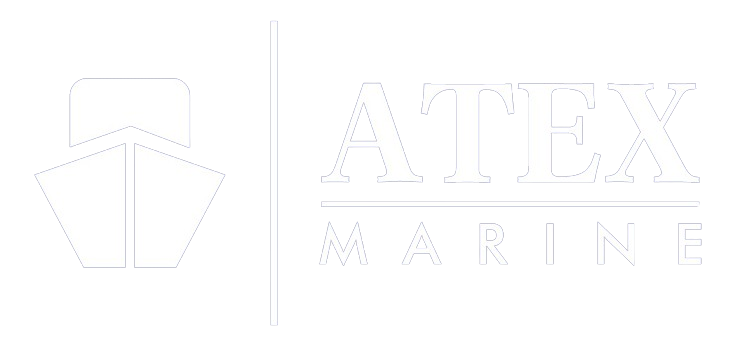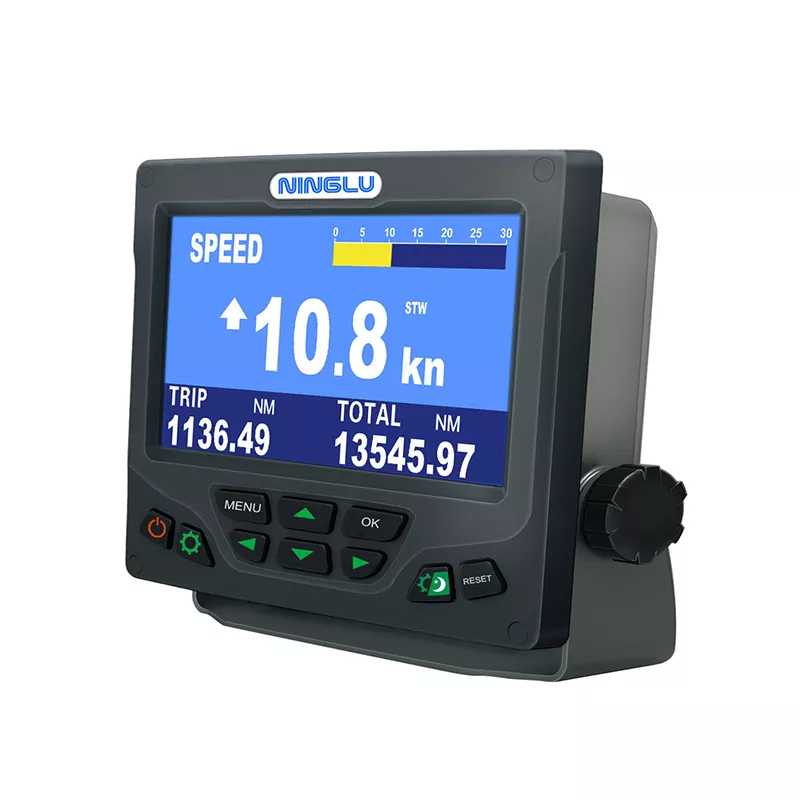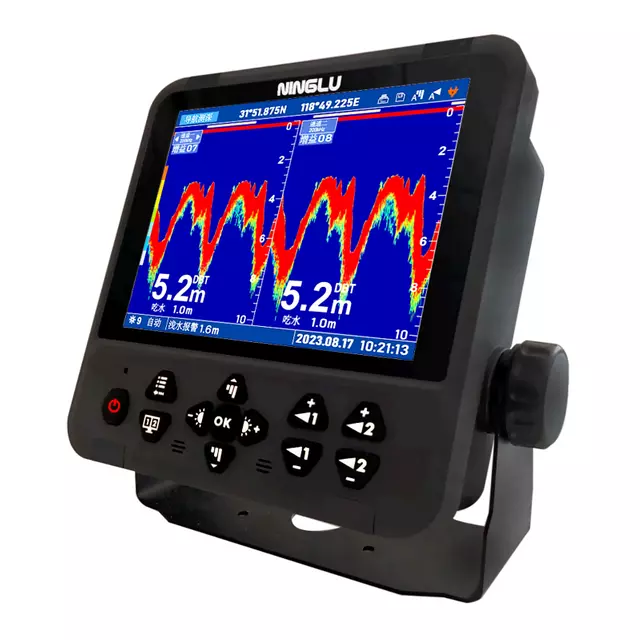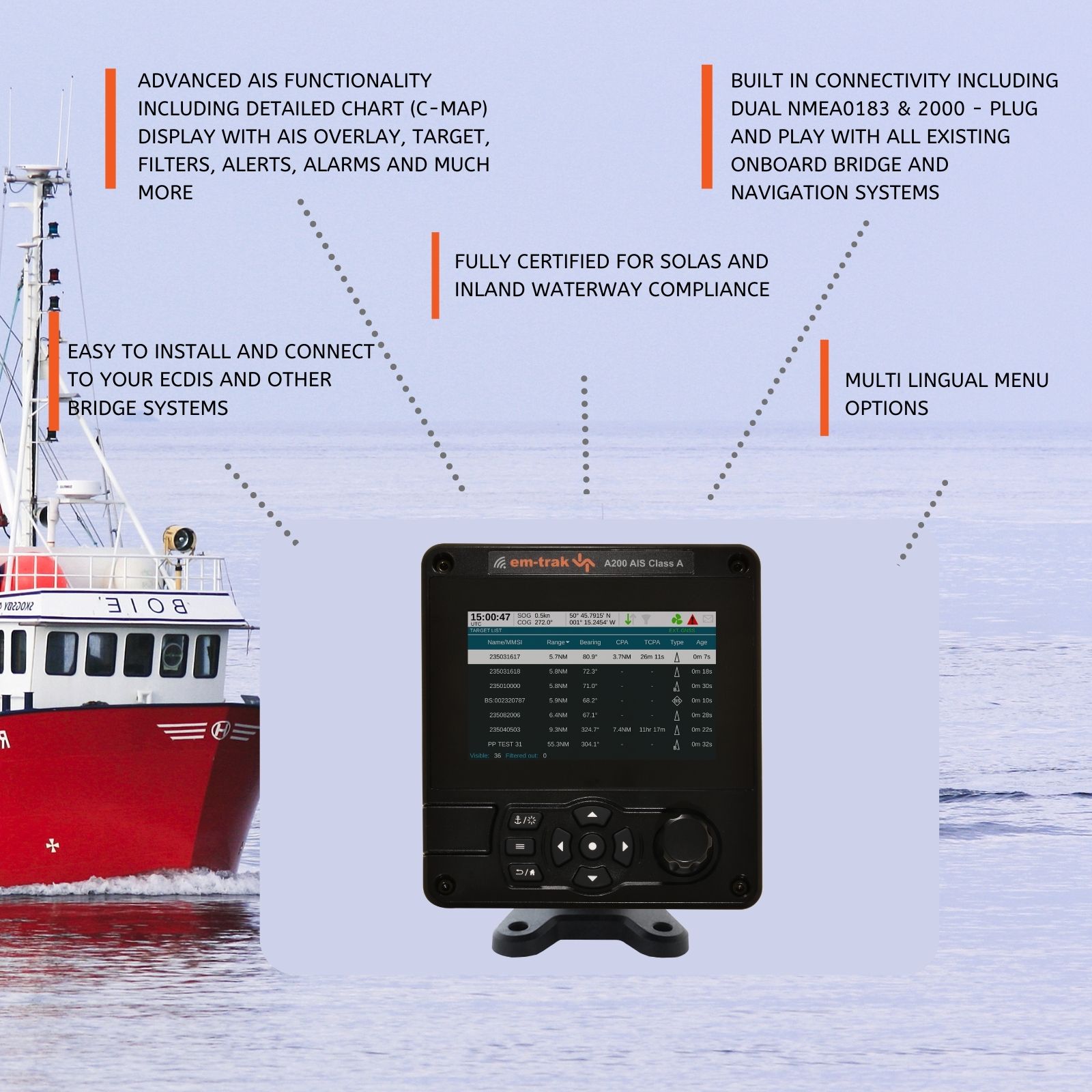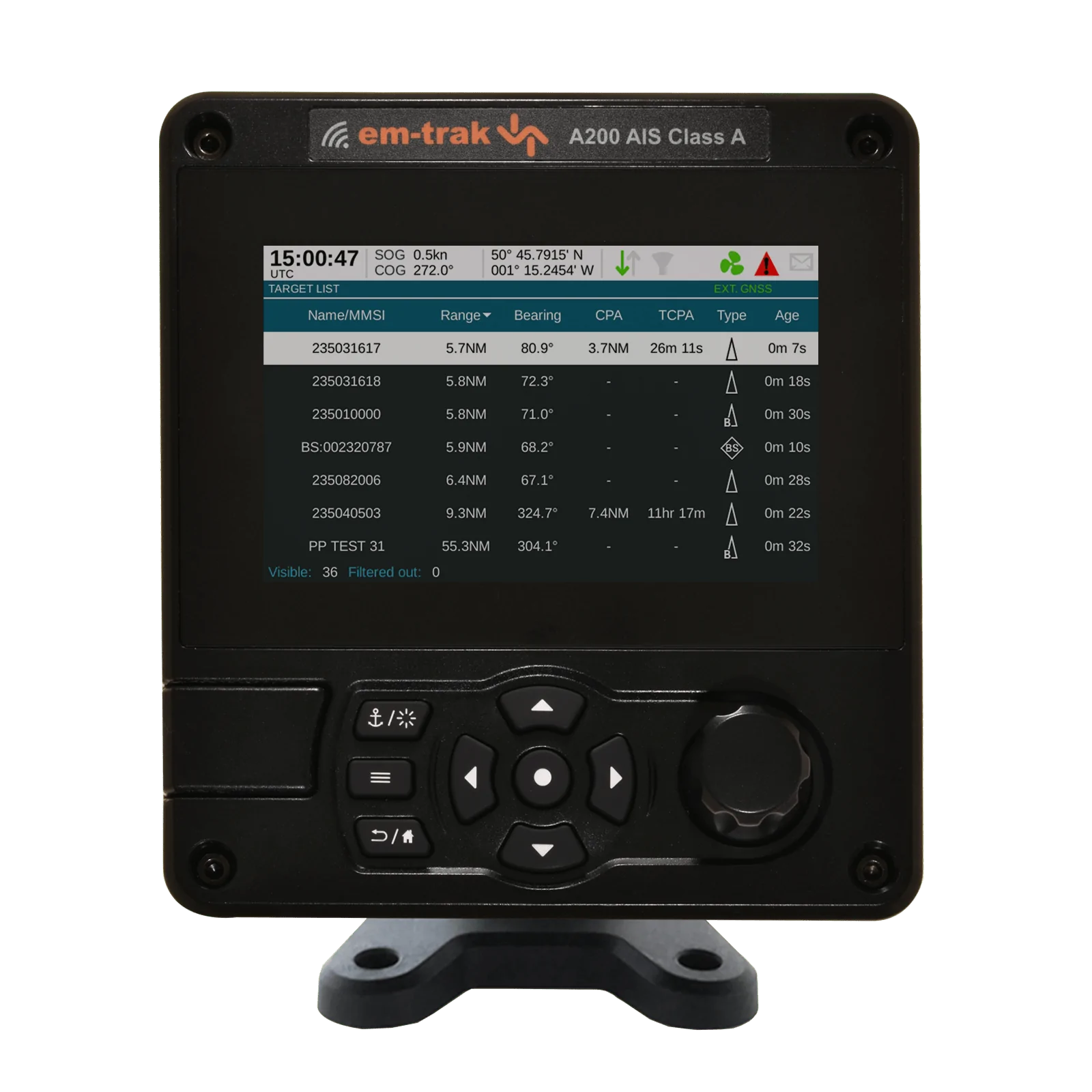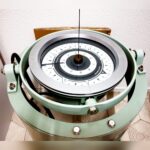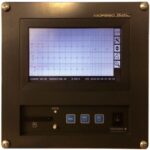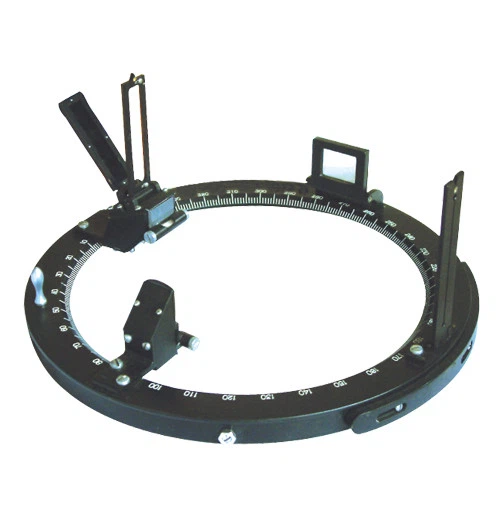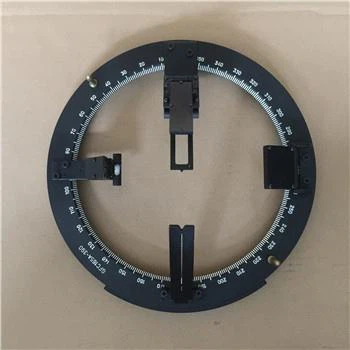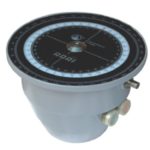NAVTEX
NAVTEX (Navigational Telex) is a vital safety communication system used in maritime and coastal areas to broadcast navigational warnings, weather forecasts, and other safety-related information to ships. It operates on designated frequencies, ensuring that vessels receive timely and critical information to enhance navigational safety and operational efficiency.
Introduction to NAVTEX
NAVTEX is designed to replace traditional methods of transmitting maritime safety information, such as Morse code and voice radio broadcasts. It delivers text messages in a standardized format, ensuring clarity and reliability in communication. NAVTEX messages are categorized into navigational warnings, meteorological warnings, ice reports, and search and rescue notices, among others.
Key Features of NAVTEX
- Automatic Reception: NAVTEX receivers automatically receive and print messages, providing real-time information to vessel operators.
- Message Categories: Broadcasts navigational warnings, weather forecasts, and other safety information in predefined categories for easy identification.
- Area-Specific Coverage: Provides coverage tailored to specific maritime areas, ensuring relevant information is delivered to vessels operating in those regions.
- Integration with GMDSS: NAVTEX is an integral component of the Global Maritime Distress and Safety System (GMDSS), enhancing safety and communication at sea.
10 FAQs about NAVTEX
| Question | Answer |
|---|---|
| What is NAVTEX? | NAVTEX is a maritime safety communication system that broadcasts navigational warnings, weather forecasts, and safety-related information to ships. |
| How does NAVTEX work? | NAVTEX transmits text messages in a standardized format on designated frequencies, ensuring vessels receive critical information automatically. |
| What types of messages does NAVTEX broadcast? | NAVTEX broadcasts navigational warnings, meteorological forecasts, ice reports, search and rescue notices, and other safety-related messages. |
| Who uses NAVTEX? | NAVTEX is used by ships, including commercial vessels, fishing boats, and pleasure craft, operating in coastal and maritime areas. |
| Is NAVTEX mandatory? | NAVTEX is not mandatory for all vessels but is highly recommended for enhancing navigational safety and operational efficiency. |
| What are the benefits of NAVTEX over traditional methods? | NAVTEX provides automated reception of critical information, replaces outdated Morse code and voice transmissions, and ensures standardized message format for clarity. |
| Can NAVTEX messages be received globally? | NAVTEX messages are broadcast regionally but can be received by vessels within designated coverage areas, ensuring relevant information dissemination. |
| How often are NAVTEX messages broadcast? | NAVTEX messages are broadcast at regular intervals, typically every four hours, to provide updated information to maritime users. |
| Are NAVTEX receivers part of GMDSS requirements? | Yes, NAVTEX receivers are part of the equipment required under the Global Maritime Distress and Safety System (GMDSS) for vessels sailing in specified sea areas. |
| How has NAVTEX contributed to maritime safety? | NAVTEX has enhanced maritime safety by providing timely and accurate navigational warnings, weather forecasts, and safety-related information to vessel operators, thereby reducing risks at sea. |
Conclusion
NAVTEX plays a pivotal role in maritime safety by delivering essential navigational and meteorological information to vessels operating in coastal and maritime areas. By leveraging NAVTEX technology, maritime stakeholders enhance safety measures and operational effectiveness, contributing to safer navigation and reduced maritime risks.
